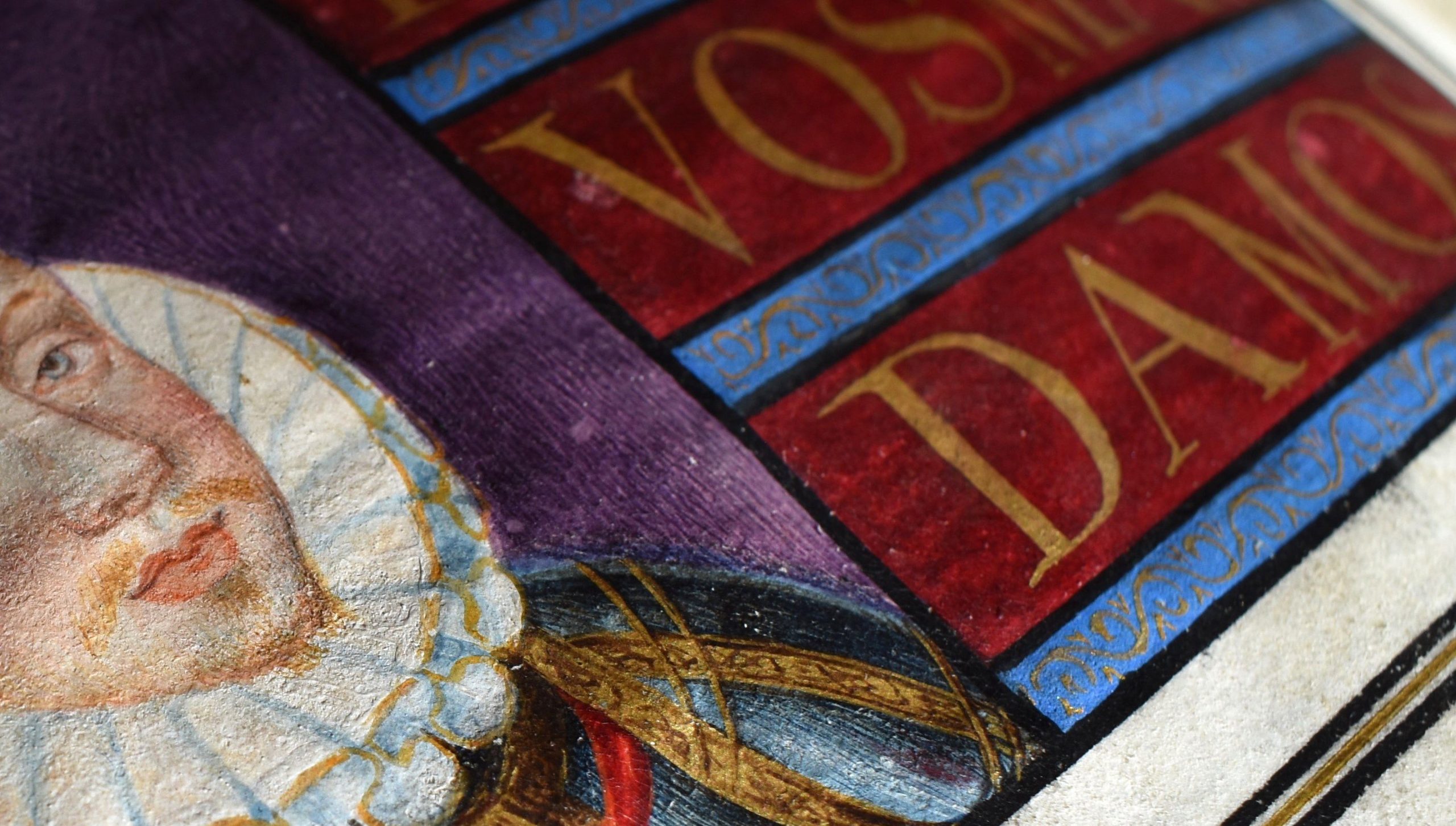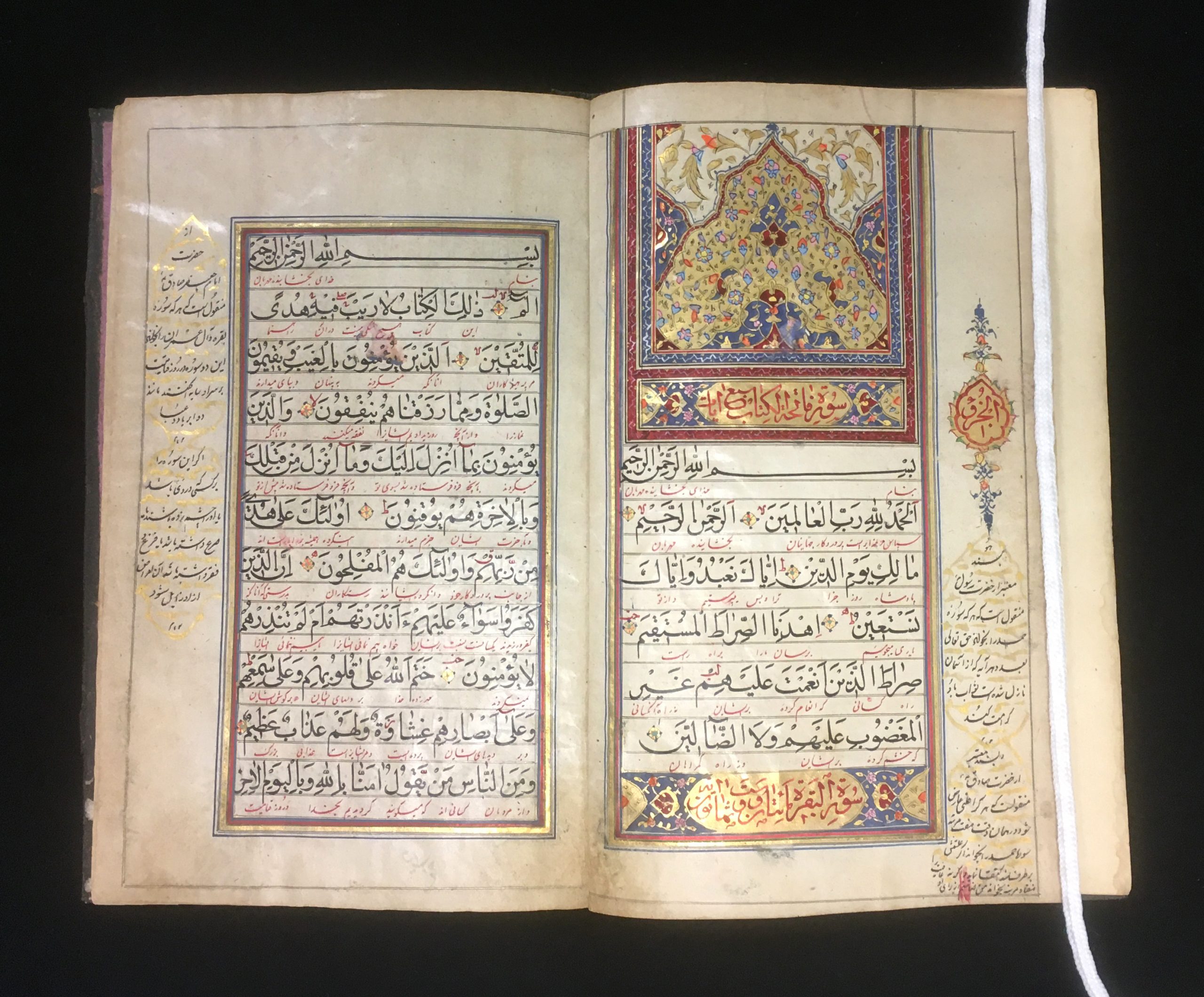The color blue has had a long history in the Western world. The ever-changing role of blue has been used in bookbinding and the book arts to color manuscripts, maps, more »
Tag: rare books
The Smithsonian Libraries and Archives exhibition, Nature of the Book, looks at the natural materials and evolving techniques in bookbinding from 1450-1850 as illustrated by our collections. As the exhibition more »
Interested in exploring books and archives dating back to the 13th century? Join our summer rare book school! The Smithsonian Libraries and Archives, in collaboration with UCLA’s California Rare Book more »
Join us for a virtual tour on Tuesday, November 15th! The Smithsonian Libraries and Archives presents a new exhibition, “Nature of the Book,” at the Smithsonian’s National Museum of Natural more »
The Smithsonian American Art and Portrait Gallery Library has in its collection a book of poetry bound in a beautiful hand-painted vellum cover, with scrolling Celtic calligraphy and designs of more »
The Smithsonian Libraries invites you to the third in a series of talks related to our newest exhibition, Magnificent Obsessions: Why We Collect: Beyond Brontë: The Essential Act of Collecting Books more »
The Joseph F. Cullman 3rd Library of Natural History’s 1602 edition of Ulisse Aldrovandi’s De animalibus insectis has always been a favorite of mine, and the rest of our special collections staff. Aside from being the first European work dedicated solely to the natural history of insects and featuring numerous incredible woodcut illustrations, it also retains its beautiful contemporary binding. But this binding is just as dangerous as it is lovely: the green paint adorning the vellum of the front and back boards is laced with arsenic.





